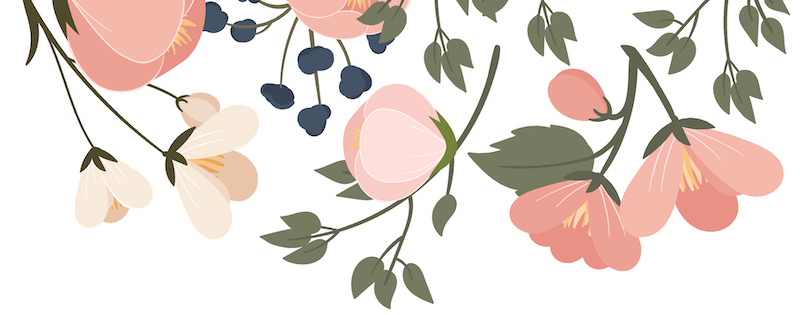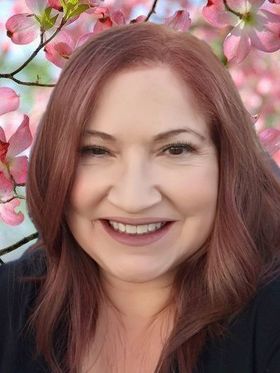 |
| Flowers on wreath are made with the Kanzashi Flower templates |
At a trade show I attended, I stopped by the Clover Mfg. booth to see what was new and found out that Clover had released some new Kanzashi Pointed Petal Extra Small Flower Maker
templates in January 2012. These are significantly smaller (extra small flowers are 1 1/2") than the ones they had previously released (regular size flower 3") and are perfect to use for making jewelry and hair pins like the one in the photo below.
 |
| 1 1/2" flower made with the extra small Kanzashi Round Petal Maker |
I talked to Tami Bayer, who is one of the product demonstrators (and designers) for Clover and asked her to do a quick demo which I taped for my readers. You can see how easy it is to use the round petal Clover Kanzashi Flower Maker Round Petal X-Small .
.
I decided to see how easy these really are to use, so I picked up a Kanzashi Pointed Petal Extra Small Flower Maker to test out.
Step 1:
Pick your fabric and cut a 2 3/8” x 2 3/8”
square and set it face down into the template. Fold the template at the center to sandwich the fabric and
make sure it is snapped shut. (The
back side of the fabric should be facing out.)
Step 2: Trim excess fabric from around the template.
Step 3: Take a
needle that has been threaded with quilters thread (it is stronger and easier
to work with)and tie a knot at the end.
Look at the template and locate the number one marker on the
template. You will begin your
stitches from first hole that is labeled number 1. The template
has numbers 1 through 8 marked on the template and lets you know if you are
putting the stitches in the correct spots.
For the best possible results, you should stitch according to the markings on the template.
 |
| Front side |
 |
| Back side of petal |
Step 4: In order to
finish the petal, you need to fold the petal in half.
Step 5: Then you need to gently pull on the thread to gather
the fabric and form the pleats.
Note: I found that the petals needed an extra stitch to improve their stability and shape, so I added a stitch to each one.
Step 6: You can leave the needle and thread attach to the petal and repeat steps 1-3 to make the next petal.
Step 7: Repeat the process
Note: I found that the petals needed an extra stitch to improve their stability and shape, so I added a stitch to each one.
Step 6: You can leave the needle and thread attach to the petal and repeat steps 1-3 to make the next petal.
Step 7: Repeat the process
until you have five petals attached to the needle and thread. Then pull the thread until the petals
form a flower and stitch it closed.
form a flower and stitch it closed.
Step 8: Add an embellishment and you are done.
Each petal template comes with a set of written instructions that make it very easy to begin making your own Kanzashi Flowers.
Each petal template comes with a set of written instructions that make it very easy to begin making your own Kanzashi Flowers.
Tips:
1. The type of fabric you use will affect how the petals come out. Some of the heavier fabrics require you to work on the bias to get a good petal result. Some fabrics (like the one I used) require an extra stitch to maintain the shape.
2. You can use pins to hold the petal in shape if you do not want to keep it attached to the needle and thread while you work on other petals.
3. It may take some practice to make the petals come out right. As I mentioned before, each fabric will work differently with the template and you will have to make adjustments accordingly.
The Kanzashi Flowers are great to use for decorating hair clips, sweaters, pillows, art journals,
1. The type of fabric you use will affect how the petals come out. Some of the heavier fabrics require you to work on the bias to get a good petal result. Some fabrics (like the one I used) require an extra stitch to maintain the shape.
2. You can use pins to hold the petal in shape if you do not want to keep it attached to the needle and thread while you work on other petals.
3. It may take some practice to make the petals come out right. As I mentioned before, each fabric will work differently with the template and you will have to make adjustments accordingly.
The Kanzashi Flowers are great to use for decorating hair clips, sweaters, pillows, art journals,
The pointed petals look really fun if you sew a crystal onto the tip of the flower to give it a little sparkle. If you prefer "How To" videos, I recommend going onto YouTube and watching additional "Kanzashi Flower Making" tutorials.









































